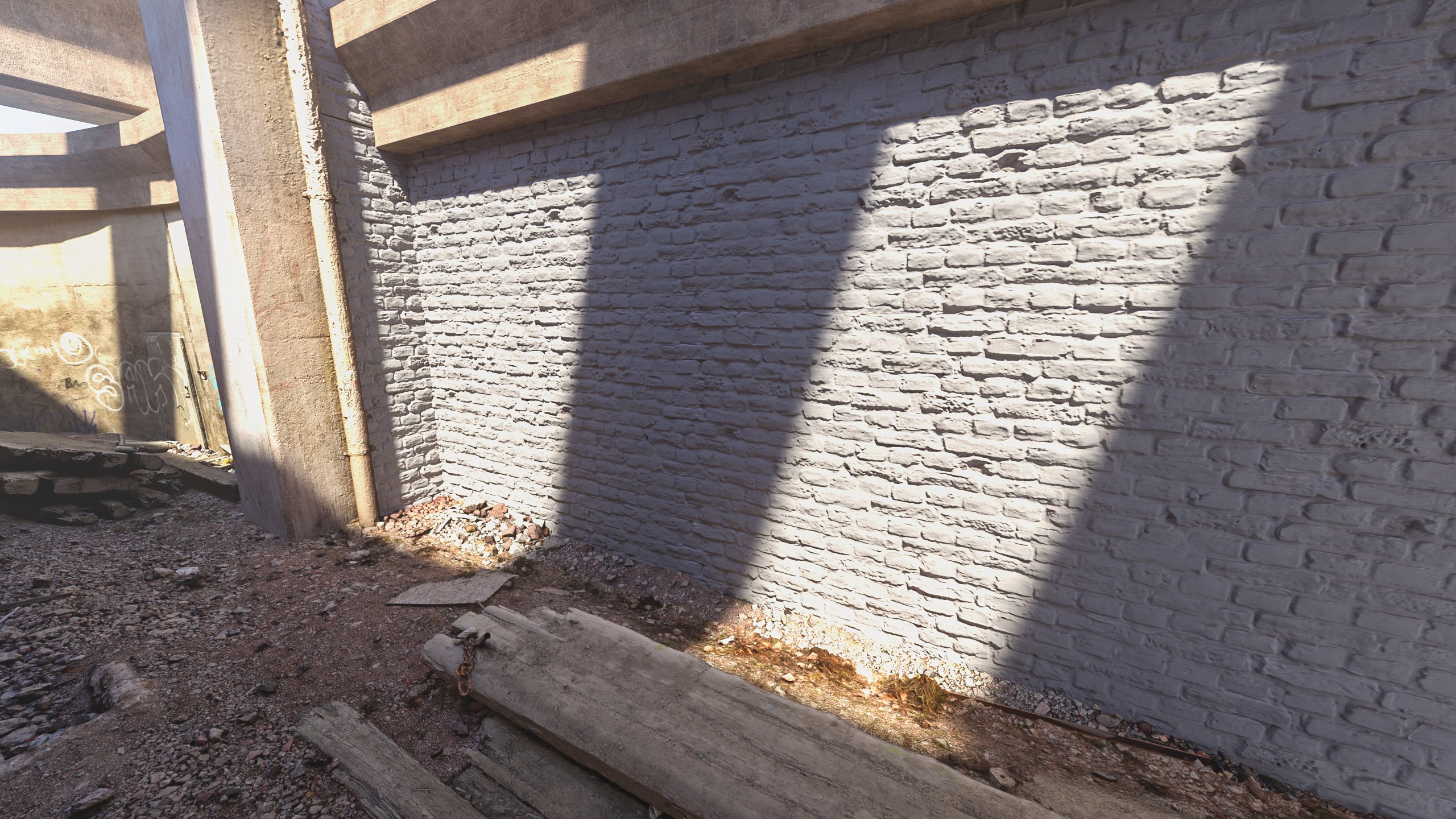using shaders/tiles- how to av…
Daz 3D Forums > General > The Commons>using shaders/tiles- how to av…
using shaders/tiles- how to avoid repetition ?
 daveso
Posts: 7,112
daveso
Posts: 7,112
I have tried quite a few shaders/tiles that look great in their tile, butr when it fillls a space you can see the repeat pattern. Overall it just looks terrible. I see this not just my own work but in PA product releases, and so forth.
Is there a way to avoid the tiling patterns so things look natural?
Here is an example on the new spotlight product today. Note the holes and how they repeat. Easy example to see.

Post edited by daveso on


Comments
To my knowledge, not with the standard DS setup.
You can e.g. make it procedural, which can be done in shader mixer.
Or you can overlay two textures with different tiling, but also not available in the standard setup.
or you could just remove the obvious duplications in post?
Or edit the texture yourself to remove the obvious hole.
It is a difficult one, and many of the better tilable textures actually look rather bland from the efforts to remove noticable repetitions while tiling. So.. What yo can do is count the tiles that look good, call this number 'n'. Then create a texture 'n' times the width of the tile, tile it yourself into your new image, then edit out the obviously repeating elements and clone non-repeating bits into those areas. It's faff, but.. looks better.
Regards,
Richard
To be honest, the hole isn't all that obvious to me; it's not uncommon for something like that to appear in a wall because there was some scaffolding,stairs or whatever there thirty years ago and it wasn't ever worth filling the scars in when they removed it.
But as far as actually answering the question, the 4 Layer Uber shader in DS is often quite useful for this; I often use it for ground textures (along with the instance tiling in the Image Editor settings) so I can tile different grass textures at different rates, then mix them with masks that can themselves be tiled at different rates again. With the right tiling rates you can make it so you never get an exact repetition on even quite large surfaces. (You don't want to pick combinations like 4 and 6, because 4 and 6 have a relatively low common multiple of 12. Picking 3.7 and 6.3 instead has a lowest common multiple of 233.1, so will take a huge area to exactly repeat).
Interesting, it is the first time I heard of 4 Layer Uber Shader. That should be usefull for such cases.
Maybe you can disguise the repeating pattern by adding things onto the wall such as old advertising signs, weeds ( good for growing in any holes in walls ), old rotten timbers from some
thing that was attached long ago,
I'd edit out the hole or any other really noticeable imperfections... or if that's not your thing, look for a better (larger sample area) material and replace it.
The problem really is that a lot of people who make textures tend to use too small of a sample area in the photo they take or decide to use... I've seen some great looking 8k or 16k photos of bricks, or flagstone which amounts to a one meter (3') square section of wall... even if it's two meters before it repeats, that's way too little to avoid it being obvious in all but the closest closeup shots... you might get away with it in a small room or with a lot of stuff against the wall, but it's not ideal.
And if it's an outdoor structure that's generally meant to viewed from a few dozen meters away, it looks potentially terrible and very noticeable... and if you have a big enough section, like the back wall of a factory, your more likely to have a Moiré effect going on (that weird shifting lines optical illusion effect you see in old video games).
I remember not too long ago looking at some great render at ArtStation of rainy dreary alleyway which was extremely well detailed and lit... then I noticed a repeating pattern like the OP showed and it instantly turned what could have been an well composed image one might confuse for a real photo into a decent render with a very distracting pattern one could not "unsee".
I get that texture people don't like stitching images together and finding good subject material to photograph that doesn't have glaring flaws like holes or pipes sticking out are hard to come across, but what's the point of an 8k or 16k one meter square section of brick?... it's great if you are rendering Ant-man or a close up of an alley cat, but even a full body image of a normal size human, you'll see a vertical repeat from a few feet away.
A long time ago (probably around 2012) when I was making more freebies, I asked people what they felt a good image resolution to wall section was for seamless images for stuff like a brick wall and either nobody actually read what I said, understood what the question was or just saw "resolution" and responded based on that... I basically explained the problem I've noticed about most photo based seamless textures, that they are of too small a base area... the worry being that back then, even a 4K image of a 4 meter section of wall was probably too large... but now since 8k and 16k textures are not uncommon, I'm feeling like for repeating textures like walls, a bare minimum should be a 4 meter section.
I know that makes the texture harder to create... you either need a really good, clean subject area and a really good camera or you need a decent camera and a lot of sample sections to stitch together... if you are using photo based images... if you are creating an image using something like Substance, Quixel or even Filter Forge, that's something different... with Filter Forge, for example, the image size before repeating is whatever your computer is capable of handling (supposedly 65,000 x 65,000 ppi which is not something anyone would ever need), so even a 16k image is not all that impossible to create... I don't use Substance or Quixel, so I'm not familiar with those, but it's clear they are capable of making detailed 16k seamless images.
Here are three examples (from PolyHaven) of very detailed brick textures...
The first one represents a section of material that's around a little over a meter (3') square... https://polyhaven.com/a/red_brick_03 (8K resolution max)
The next is around 2.5 meters (8')... https://polyhaven.com/a/red_bricks_04 (also 8k max)
And the last looks to be around 4.5 meters (15') more or less... https://polyhaven.com/a/church_bricks_02 (again 8k max)
If you look at the preview page for each material there are a bunch of preview thumbnails for each of the maps... if you click on the color map preview (basically the color image the rest of the maps are based off) the preview will switch to show what the tiling looks like... if you zoom out once or twice on each image (click on the icon that looks like a grid or a waffle if you aren't sure where the image ends), you can see how much of a difference the size of subject material makes before it starts to repeat and look potentially problematic.
So basically until people start using larger sample areas in their textures that are meant for applying to large areas, the only real remedy is to fix it in an image editor to make it more uniform, make your own larger seamless texture, or replace it with a better, larger sample area seamless image.
Sorry if that's a lot of words to say very little.